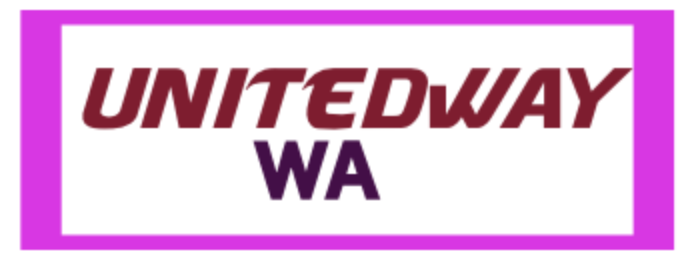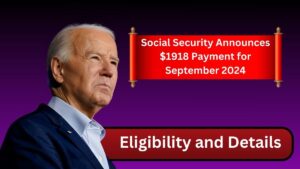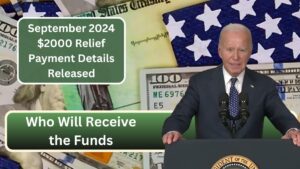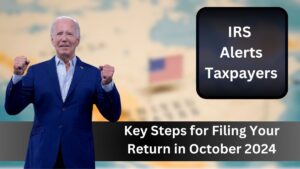On Monday, two federal judges issued rulings that temporarily block important parts of the Biden administration’s income-driven repayment (IDR) program for student loans. This program, which has been around since 1994, helps students manage their loan payments based on their income. The new rulings, however, have created a lot of uncertainty for millions of student borrowers.
Judge Daniel Crabtree’s Decision

In Kansas, Judge Daniel Crabtree decided against a new feature of the Saving on a Valuable Education (SAVE) program. This new feature was designed to reduce loan payments from 10% to 5% of a borrower’s discretionary income. Crabtree argued that this change could negatively affect three states that have significant investments in student loans.
Judge John Ross’s Decision
Meanwhile, in Missouri, Judge John Ross challenged another part of the SAVE program. This part involved full debt forgiveness after a certain period of payments. Despite the government forgiving loans through this program for a long time, Ross questioned whether this practice is legally supported.
Contradictions in the Rulings
What’s surprising is how these two judges reached different conclusions about the same program. This difference in rulings shows the inconsistencies in how judges interpret the law. While judges aim to be fair and unbiased, their varied interpretations can create confusion. This leaves many borrowers unsure about how much they owe and for how long.
Mike Pierce, the executive director of the Student Borrower Protection Center, warned that these rulings might make it harder to collect loans, affecting a huge number of borrowers.
Judicial Influence and Background
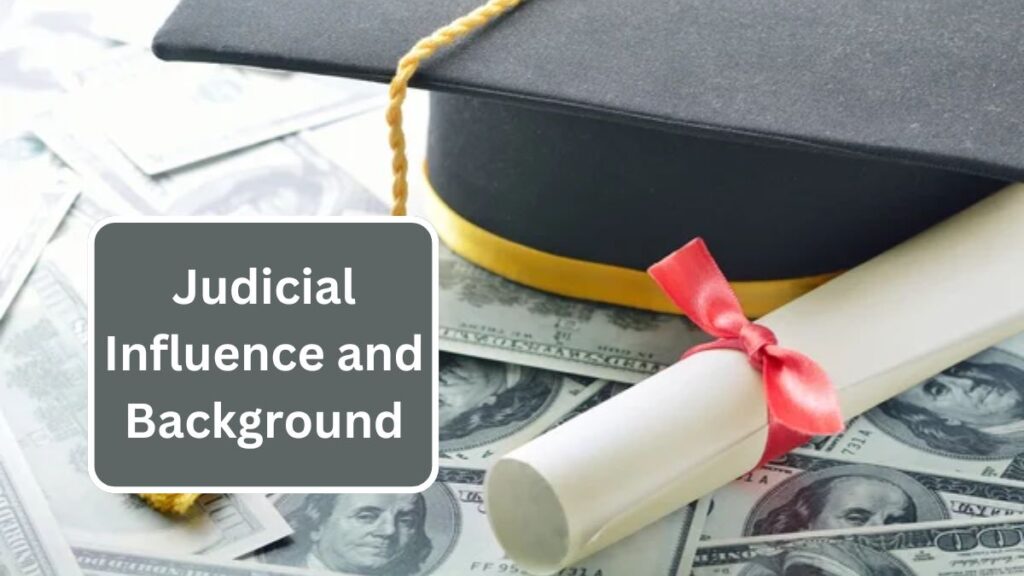
Both judges were appointed by President Obama, which might usually suggest a bias towards a Democratic administration. However, the confirmation process for judges involves a lot of input from local senators, who might not always align with the president’s party. For example, the “Obama judge” in Missouri had connections to Republican figures, showing that political affiliations can be complex.
The Supreme Court’s “major questions” doctrine adds another layer of difficulty. This doctrine allows courts to closely examine big economic or political decisions, which can challenge executive actions like SAVE.
| Topic | Details |
|---|---|
| Recent Rulings | Two federal judges issued rulings temporarily blocking key features of the Biden administration’s SAVE program. |
| Judge Daniel Crabtree’s Ruling | Blocked the reduction of payment rates from 10% to 5% of discretionary income, arguing it could harm states with student loan holdings. |
| Judge John Ross’s Ruling | Challenged the legality of full debt forgiveness after the repayment period, questioning its statutory support. |
| Impact on the SAVE Program | Creates uncertainty for borrowers, as some features of the program are blocked and others remain in question. |
| What is the SAVE Program? | An income-driven repayment plan updated by the Biden administration to help students manage loan payments based on income. |
| “Major Questions” Doctrine | A legal principle allowing courts to scrutinize significant economic or political decisions, applied in this case to challenge the SAVE program. |
| Effects on Borrowers | Confusion about repayment obligations and potential delays or alterations in the program’s benefits. |
| Next Steps | Legal proceedings will continue, and the Biden administration may appeal or adjust the program. Borrowers should stay informed. |
| Judicial System’s Role | Highlights inconsistencies in judicial interpretations, affecting policy implementation and causing confusion. |
| Advice for Borrowers | Stay updated on the program’s status, consult loan servicers, and consider administrative forbearance if advised. |
| Where to Find More Information | Check official government websites, such as the U.S. Department of Education, and follow news updates for the latest information. |
The SAVE Program Explained
The IDR program, initially set up by President George H.W. Bush, adjusts monthly loan payments based on income. The updated SAVE program, introduced by the Biden administration, is more generous. It raises the income threshold for exemptions, sets payments for those earning around $30,000 a year to $0, and provides forgiveness for smaller loans after ten years. Larger loans are forgiven after 20 years, and the percentage of income paid each month drops to 5%.
The Higher Education Act of 1965 (HEA) gives the executive branch the power to manage student loans and create repayment plans. The SAVE program follows this authority, with updates from Biden’s education secretary, Miguel Cardona.
Legal Interpretations
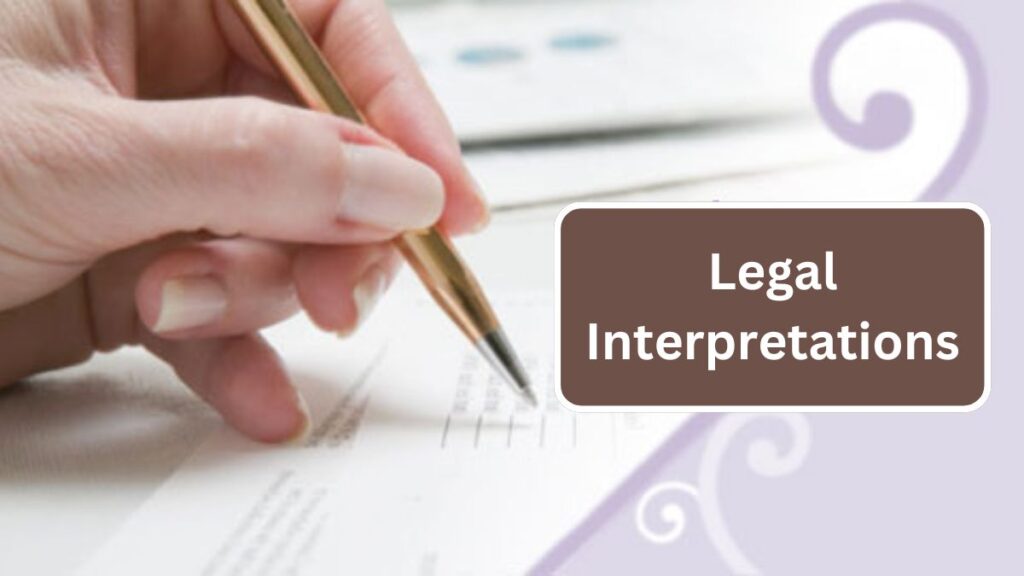
Both judges agree that the HEA allows the SAVE plan. Judge Crabtree acknowledges the significant authority granted to the Secretary of Education. However, Judge Ross argues that the statute doesn’t clearly mention forgiveness after the repayment period. Crabtree counters this by suggesting that if repayments are capped at 25 years, any remaining balance should be forgiven, a practice followed by past Secretaries of Education.
Implications of the Rulings
Judge Crabtree invalidated part of the SAVE program due to a calculation error and the new features being unprecedented. However, he allowed other parts of the program to continue. Judge Ross’s ruling focused on the legality of debt forgiveness, removing it from the SAVE rule but allowing other benefits to remain.
These rulings create confusion for borrowers and loan servicers. Advocates suggest that President Biden should temporarily pause the program until these legal issues are resolved. The current situation, with its mixed rules and injunctions, makes it hard for borrowers to understand their obligations.
FAQs
What did the recent federal judge rulings on the SAVE program involve?
Recent rulings from federal judges temporarily blocked key features of the Biden administration’s SAVE program. Specifically, one judge ruled against reducing payment rates from 10% to 5% of discretionary income, while another challenged the legality of full debt forgiveness after the payment period.
How do these rulings affect the SAVE program?
The rulings create uncertainty for borrowers by blocking certain features of the SAVE program. One judge invalidated the change in payment rates, and another questioned the legality of loan forgiveness. This means that some aspects of the program may be delayed or altered until the legal issues are resolved.
What is the SAVE program?
The SAVE program is an income-driven repayment plan introduced by the Biden administration to help students manage their loans based on their income. It includes benefits such as reducing payment rates and providing loan forgiveness after a certain period.
How might these rulings impact student loan borrowers?
Borrowers might face confusion about how much they owe and for how long, as the rulings create a patchwork of rules and temporary changes. This can make it difficult for borrowers to understand their repayment obligations and could affect their financial planning.
What is the “major questions” doctrine and how does it relate to this situation?
The “major questions” doctrine allows courts to closely examine significant economic or political decisions. In this case, it has been used to scrutinize the SAVE program, leading to legal challenges that question the authority of executive actions like the updated repayment plan.
These recent judicial decisions highlight the challenges of interpreting laws and policies. The conflicting rulings show a need for a more consistent and clear approach to judicial decision-making. The influence of judges over policy can have far-reaching effects, making it crucial to address these inconsistencies to ensure fair and effective implementation of important programs like the SAVE program.
